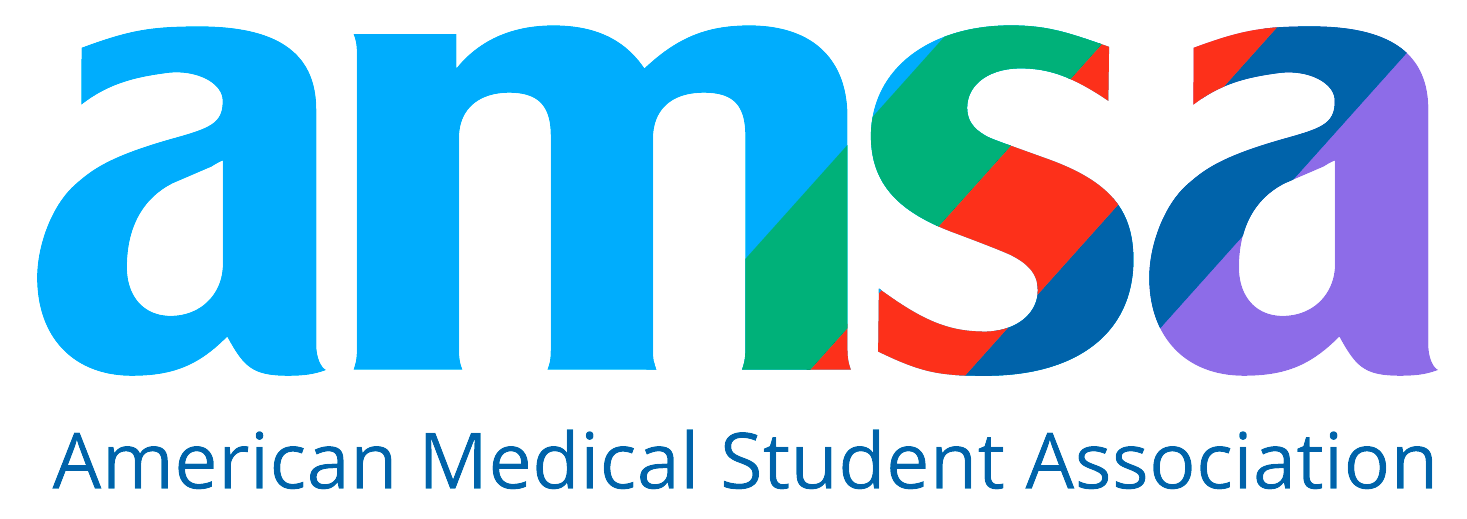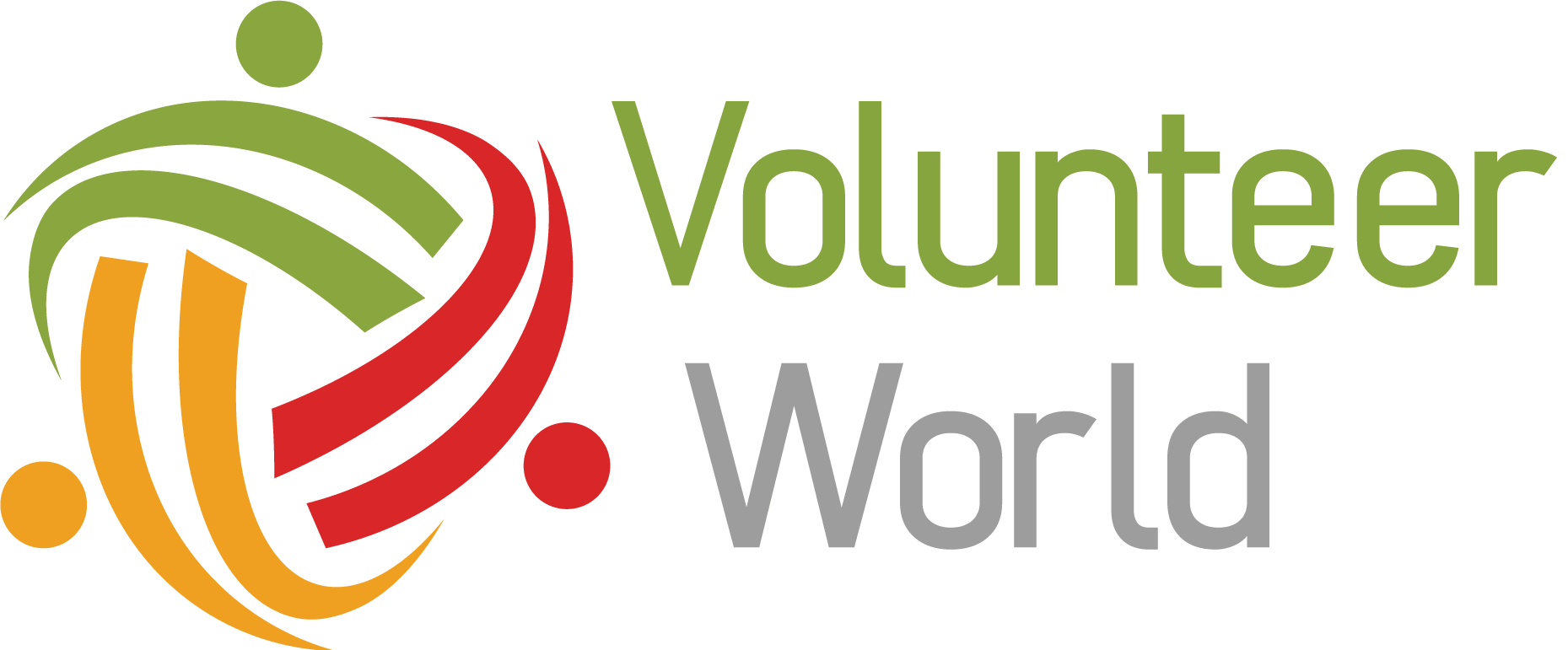Do Medical Schools Prefer In-Person or Virtual Shadowing?
Go-Elective Abroad
Do Medical Schools Prefer In-Person or Virtual Shadowing?
Understanding the Role of Shadowing in Med School Applications
Shadowing is a cornerstone of the pre-med journey. It gives students first-hand exposure to the daily life of a physician and confirms their desire to pursue medicine. But in the wake of the COVID-19 pandemic, virtual shadowing became more common—raising an important question:
> Explore Go-Elective Medical Internships Abroad
Do medical schools still prefer in-person shadowing, or has virtual shadowing become equally acceptable?
Let’s break it down.
What Is Shadowing, and Why Does It Matter?
Shadowing a physician involves observing patient interactions, clinical workflows, and medical decision-making in real time. It offers:
- Insight into what doctors actually do
- Understanding of healthcare team dynamics
- Real-world exposure to clinical environments
- A way to confirm that medicine is the right path
Medical schools look for shadowing experience to ensure applicants have done their due diligence and aren’t pursuing medicine blindly.
Most schools don’t have a strict hour requirement, but competitive applicants typically report 50–100 hours across multiple specialties.
The Rise of Virtual Shadowing: What Changed?
During the pandemic, many hospitals suspended student access. To adapt, educators and physicians began offering virtual shadowing through platforms like Zoom or YouTube, where students could:
- Attend case-based lectures
- Watch recorded or live consultations
- Participate in Q&A sessions with physicians
This format made shadowing more accessible, especially for students in rural areas or those without connections in healthcare. Organizations like WebShadowers and HEAL Clinical Education Network gained traction offering free sessions to thousands of students.
However, with in-person opportunities returning, students and advisors alike wonder:
Is virtual shadowing enough?
What Medical Schools Are Saying (2025 Admissions Insight)
While policies vary by school, here’s the general consensus:
-
In-person shadowing is preferred.
Admissions committees value real-life interaction in clinical environments. It demonstrates initiative, professionalism, and the ability to handle unpredictable patient scenarios.
-
Virtual shadowing is acceptable
But shouldn’t be the only experience. Schools understand the constraints of the pandemic, but now expect students to seek in-person exposure where possible.
In fact, the Association of American Medical Colleges (AAMC) recommends that applicants pursue a mix of clinical experiences, including direct patient care, shadowing, and global exposure.
> Key takeaway: Virtual shadowing is a helpful supplement, but it should not replace hands-on clinical experience.
Comparing In-Person vs Virtual Shadowing
How to Get In-Person Shadowing Without Connections
If you're struggling to find in-person opportunities in your area, here are proven strategies:
- Contact local hospitals and clinics directly (ask for medical education or volunteer coordinators)
- Ask your professors, family doctors, or community leaders for referrals
- Join your school’s pre-med club—many have physician connections
- Participate in global medical internships that offer supervised shadowing and hands-on exposure
> Go Elective’s international programs in East Africa are an excellent solution for students looking to gain in-person clinical shadowing experience in a meaningful, immersive setting.
Explore our pre-med internships to learn more.
Why In-Person Global Shadowing May Give You an Edge
Shadowing abroad doesn’t just count—it can make your application stand out. Medical schools appreciate students who’ve:
- Worked in high-pressure, resource-limited environments
- Adapted to cultural and systemic differences in care
- Shadowed across multiple specialties
- Developed global health awareness and empathy
At Go Elective, our students rotate through departments like:
- General Medicine
- Surgery
- Pediatrics
- Obstetrics and Gynecology
- Emergency Medicine, and more.
They shadow physicians, attend ward rounds, participate in health outreach, and engage with diverse patient populations.
> Learn more about shadowing at Coast General Hospital in Kenya, one of East Africa’s busiest referral hospitals.
What to Do if You Can Only Access Virtual Shadowing
If in-person shadowing is truly inaccessible, make your virtual experience count:
- Choose programs that offer case-based learning and real-time Q&A
- Take detailed notes and reflect deeply on each session
- Include it in your AMCAS or AACOMAS application, but be clear about the format
- Compensate by adding clinical volunteering, research, or internships to your application
> And when the opportunity arises—transition to in-person exposure before applying.
Final Thoughts: What Medical Schools Really Want
Medical schools want applicants who’ve made the effort to step into clinical settings and understand the realities of being a physician.
In-person shadowing remains the gold standard, but virtual shadowing has carved out a supportive role—especially when used alongside direct patient care and immersive experiences like global internships.
For the strongest application:
✅ Aim for at least 50–100+ hours of in-person shadowing
✅ Use virtual shadowing as a supplement, not a substitute
✅ Seek experiences that offer meaningful patient interaction and physician mentorship
Want In-Person Shadowing That Goes Beyond the Hospital?
Join Go Elective’s clinical internship programs in Kenya or Tanzania and gain:
- In-person shadowing across multiple specialties
- Mentorship from licensed physicians
- Global health and cultural immersion
- Patient engagement in high-volume hospitals
Apply now to elevate your pre-med profile and gain experience that matters.
Article Details
Categories
Author: Go-Elective Abroad
Date Published: Jun 26, 2025
Travel with us.
Inquire Today!
Go Elective offers immersive opportunities for medical students, pre-med undergraduates, residents, nursing practitioners, and PAs to gain guided invaluable experience in busy hospitals abroad. Discover the power of study, travel, and impact.






